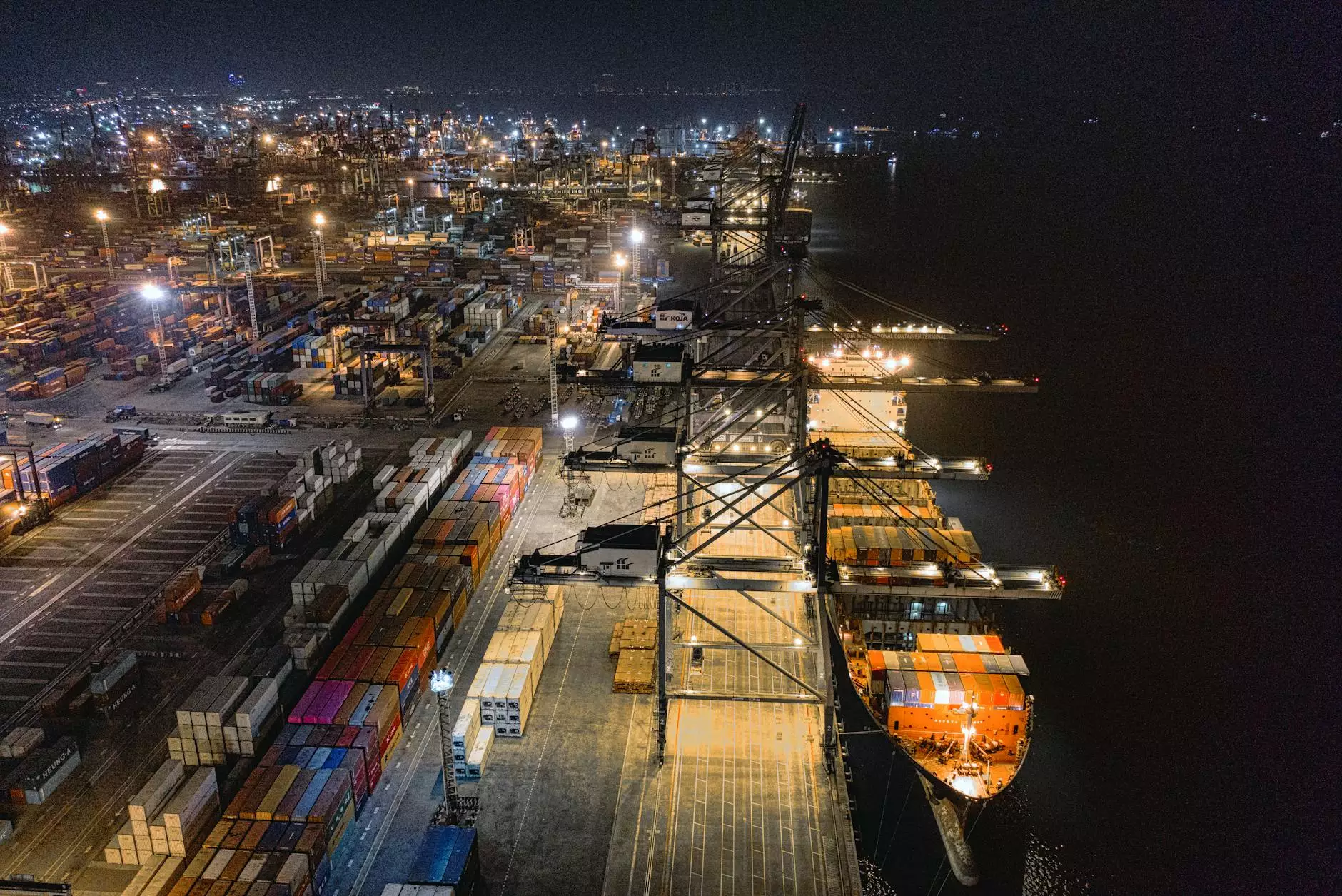Understanding LTL Freight: How to Get the Best Value for Your Business

Less-Than-Truckload (LTL) freight is an essential aspect of modern logistics, providing businesses with the ability to transport smaller shipments efficiently. If your company frequently ships products that don't fill an entire trailer, understanding LTL freight can save you money and streamline operations. In this comprehensive guide, we will delve into LTL freight services, exploring everything from how to get LTL freight quotes to tips for optimizing your freight processes.
What is LTL Freight?
LTL freight shipping refers to the transportation of goods that do not require the use of a full truckload. Businesses typically use LTL services when they have smaller shipments—often weighing between 150 and 15,000 pounds—that can be combined with other shipments in a single truck. This method allows companies to save on costs since they only pay for the portion of the trailer they use.
Benefits of LTL Freight
- Cost-Effective: Sharing space with other shipments means lower costs for your business.
- Flexible Shipping Options: LTL providers offer numerous shipping options, including standard and expedited services.
- Environmental Impact: Consolidating shipments reduces the carbon footprint of transportation.
- Improved Inventory Management: LTL shipping enables more frequent, smaller deliveries, which can help businesses maintain lean inventory.
How to Get LTL Freight Quotes
Obtaining an LTL freight quote is a straightforward process, but it requires attention to detail to ensure you get the best options available. Here’s a step-by-step guide to help you get LTL freight quotes effectively:
1. Gather Shipment Details
Before reaching out for a quote, collect the necessary information about your shipment. This includes:
- Dimensions and Weight: Accurately measure the size and weight of your shipment.
- Type of Freight: Specify whether your cargo is hazardous, perishable, or requires special handling.
- Origin and Destination: Include zip codes for precise calculations.
- Delivery Requirements: Do you need liftgate service, residential pickup, or inside delivery?
2. Contact Freight Carriers
Reach out to various freight carriers, including national and regional providers. Many online platforms can help you find multiple carriers and compare quotes simultaneously. Websites like freightrate.com offer user-friendly interfaces where you can enter your information and receive instant quotes.
3. Evaluate the Quotes
When you receive quotes, don’t just look at the price. Evaluate carriers based on:
- Transit Time: How quickly do they deliver?
- Insurance Options: What coverage do they offer for lost or damaged shipments?
- Tracking Capabilities: Can you easily track your shipment?
- Customer Service: Evaluate their responsiveness and communication quality.
4. Negotiate Terms
If you’re a frequent shipper, you might have room to negotiate terms with your chosen carrier. Discuss potential discounts for regular shipments, payment terms, and any need for additional services.
Choosing the Right LTL Freight Provider
Not all LTL providers are created equal. When choosing your shipping partner, consider the following factors:
1. Reputation and Experience
Opt for carriers with a proven track record. Check customer reviews and testimonials to gauge satisfaction levels. A provider with extensive experience in LTL shipping can better navigate potential challenges.
2. Coverage Area
Make sure the carrier you choose can service the locations you require. National carriers may have broader coverage, while regional providers might offer specialized services tailored to your area.
3. Modern Technology
Today’s freight environment is heavily reliant on technology. Choose providers that offer advanced tracking, real-time updates, and an intuitive online quoting system. This will enhance your visibility and control over the shipping process.
Optimizing Your LTL Freight Shipping Process
Once you understand how to get LTL freight quotes and have chosen a provider, the next step is to optimize your shipping processes. Here are several strategies to consider:
1. Consolidate Shipments
Combine multiple smaller shipments into one to take advantage of full truckload rates. This requires careful planning and coordination but can significantly reduce your overall shipping costs.
2. Improve Packing Techniques
Efficient packing maximizes space utilization within the freight truck. Use proper materials to protect your goods, ensure weight distribution is even, and use pallets for stability.
3. Regularly Review Your Shipping Needs
As your business grows, your shipping requirements may fluctuate. Regularly reviewing your logistics strategy can help you adapt to changes, ensuring you always get the best quotes and services available.
4. Use Technology for Efficiency
Consider utilizing transportation management systems (TMS) that provide integrated logistics solutions. This can help streamline processes, monitor performance, and reduce shipping costs over time.
The Future of LTL Freight Shipping
As we look ahead, the LTL freight industry is poised for significant changes due to advancements in technology and evolving customer expectations. Here are a few trends shaping the future of LTL shipping:
1. E-Commerce Growth
The rise of e-commerce continues to drive demand for LTL shipping. Retailers need efficient logistics solutions to fulfill customer demands for faster deliveries.
2. Sustainability Efforts
With increasing awareness of environmental issues, many carriers are investing in green technologies and practices that reduce emissions and enhance sustainability in freight shipping.
3. Integration of Artificial Intelligence
AI technologies are starting to play a crucial role in optimizing routing, predicting demand, and improving overall efficiency within LTL freight operations.
Conclusion
Understanding how to navigate the world of LTL freight shipping is vital for businesses looking to optimize their logistics. From getting LTL freight quotes to choosing the right provider and optimizing processes, there are various strategies you can employ to enhance efficiency and reduce costs. As you adopt these practices, you'll position your business for success both now and in the future.
For those ready to take the next step in their shipping journey, visit freightrate.com for comprehensive solutions tailored to your business needs.



